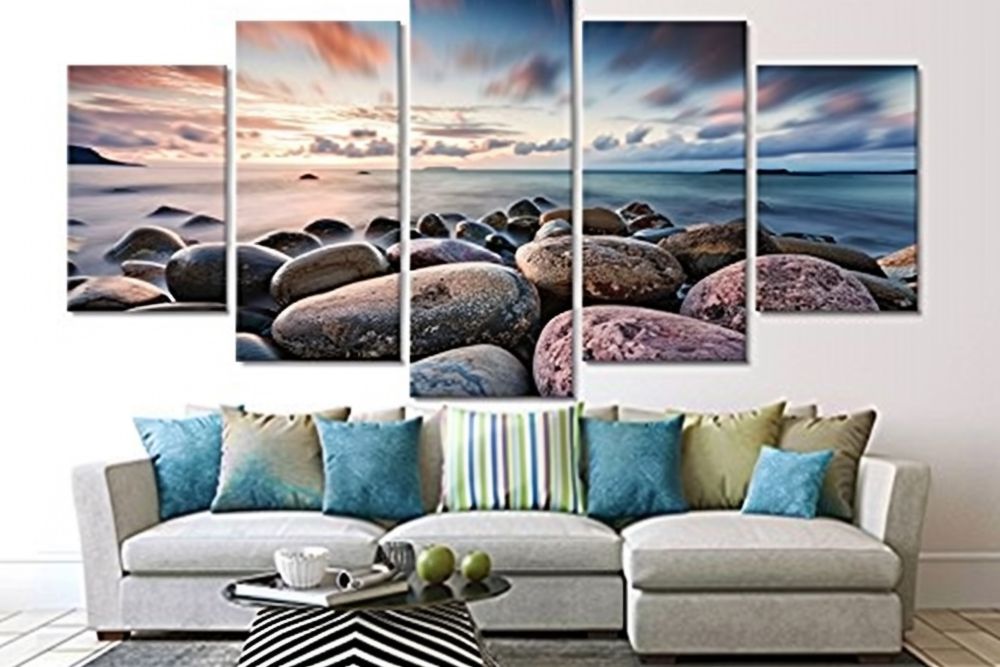The Power of Art Music in Visual Storytelling
From the grand orchestral scores of epic films to the subtle melodies that accompany an emotional scene, music has an undeniable impact on how we perceive visual narratives. The power of art music in storytelling lies in its ability to evoke emotions, build atmosphere, and enhance the depth of a visual experience. Whether in cinema, theater, or multimedia projects, art music transforms storytelling into an immersive journey, engaging both the eyes and ears in perfect harmony.
Music as a Visual Narrative Tool
Music is more than just a background element—it is an active participant in the storytelling process. Music as a visual narrative tool bridges the gap between images and emotions, reinforcing the messages conveyed on screen or stage. A swelling crescendo can signal triumph, while a dissonant chord can evoke tension and unease. These auditory cues guide audiences through a story, often conveying subtext that words alone cannot express.
Beyond traditional film scoring, composers are experimenting with new ways to integrate music into visual art. Installations, interactive media, and virtual reality experiences now utilize intricate soundscapes that react dynamically to the viewer’s presence, further solidifying music’s role as an essential narrative force.
Expressing Stories Through Art Music
Art music possesses an unparalleled capacity to shape the emotional core of a story. Through intricate harmonies, unexpected modulations, and evocative textures, composers express stories through art music in ways that transcend spoken language. A single motif can represent a character’s journey, a recurring melody can symbolize fate, and a shift in tonality can signify transformation.
Opera and ballet have long demonstrated the power of art music as a storytelling medium, using sound to convey plot developments, inner conflicts, and thematic depth. Today, this tradition continues through contemporary compositions, where music interacts with visual elements to create profound artistic statements.
Art Music Enhances Cinematic Visuals
The relationship between music and film is one of symbiosis. Art music enhances cinematic visuals by reinforcing the emotional weight of a scene, adding layers of meaning, and sometimes even dictating the pacing of the narrative. Iconic film scores, from the haunting strings of “Psycho” to the soaring themes of “Interstellar,” showcase how art music can elevate moving images into unforgettable experiences.
Moreover, experimental filmmakers and visual artists often rely on abstract compositions, ambient drones, and avant-garde techniques to craft immersive cinematic worlds. These soundscapes blur the line between music and sound design, proving that art music is not merely an accessory to film but a fundamental component of visual storytelling.
The Future of Music and Visual Storytelling
As technology advances, so do the possibilities for integrating music with visual media. AI-generated compositions, real-time reactive scores, and multisensory installations are redefining the way stories are told. The power of art music in storytelling will continue to shape the artistic landscape, forging deeper connections between sound and sight.
With each innovation, music remains at the heart of human expression, breathing life into images and transforming them into resonant, unforgettable narratives. The fusion of art music and visual storytelling ensures that audiences not only see the story unfold but feel it in every note and rhythm.

